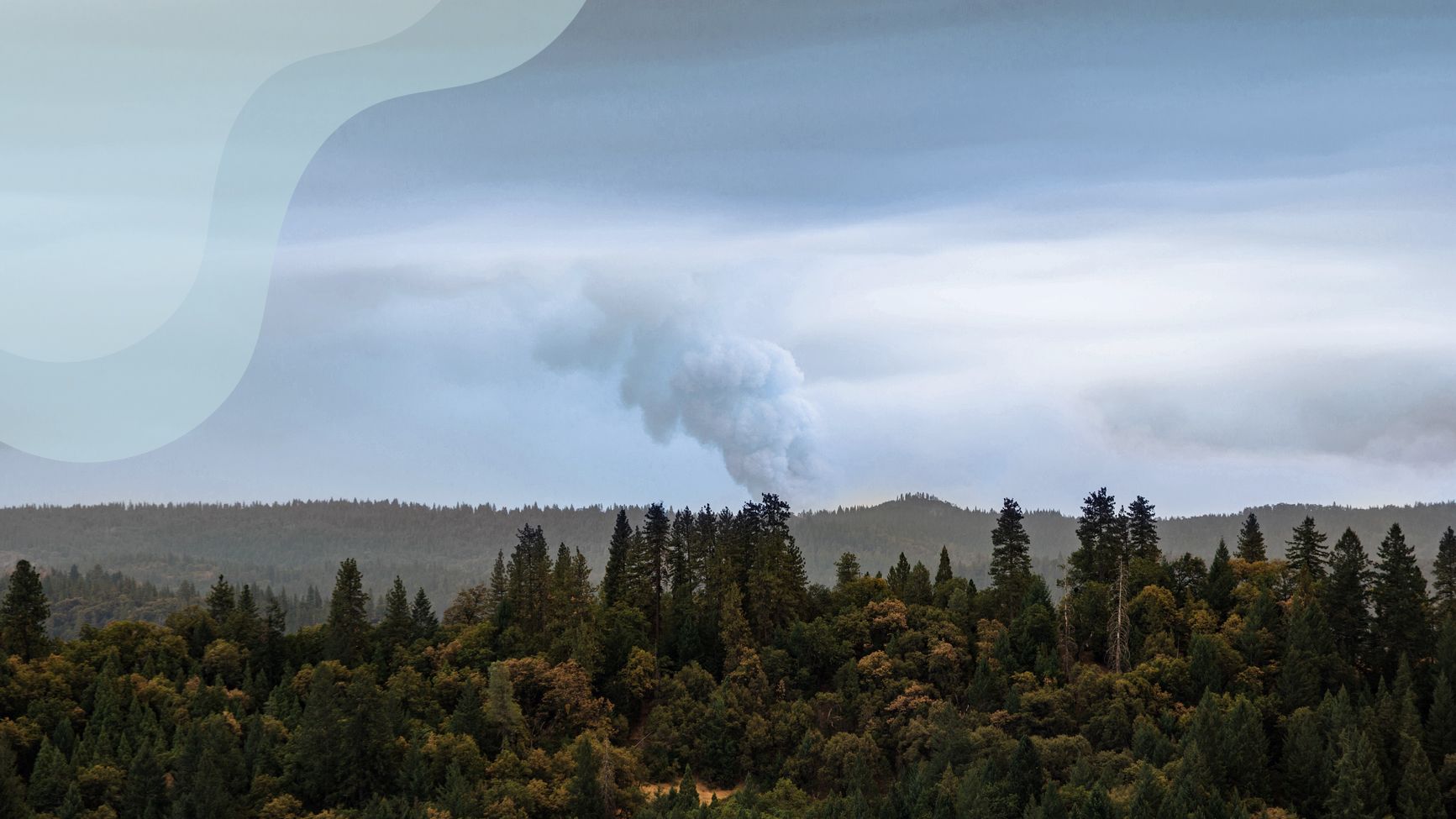This is How Climate Change May Affect Your Migraine Symptoms
February 05, 2024
Content created for the Bezzy community and sponsored by our partners. Learn More

Amy Covington/Stocksy United
Climate change may impact people with migraine, making symptoms worse. By monitoring pollen, weather, and air quality, you can take a proactive approach to managing migraine as temperatures rise.
When people think of climate change, they usually think of warmer temperatures. Yet rising temperatures are just part of the story.
Climate change has ushered in more humidity, stronger storms, wildfires, and more. Each change has a ripple effect, including on our health.
For people living with migraine, the consequences of climate change can make symptoms worse.
Read on to learn how climate change may impact migraine and how to adapt.


Extreme temperatures
According to the Environmental Protection Agency, the average temperature has increased across the United States since 1901, with the top 10 warmest years on record worldwide occurring in the past 20 years. As air temperature increases, so does humidity.
In addition, the amount of precipitation has increased each decade, with more intense single-day events. Barometric pressure, or atmospheric pressure, drops when a low pressure system, aka cloudy, rainy, or windy weather, shows up on the scene.
These changes can be difficult for people with migraine who are affected by weather. As climate change brings more heat, humidity, rain, and intense storms, people with migraine may experience more symptoms.
For instance, a 2023 study in Japan found that headaches increased during low barometric pressure, barometric pressure changes, higher humidity, and rainfall.
Smoke from wildfires
Wildfires, such as those in Canada in 2023, are also a result of climate change. Warmer springs, longer summer dry seasons, and drier soils and vegetation lead to higher fire risk, with plenty of fuel to burn. The Canadian fires spread smoke and reduced air quality across Canada and the States.
People with migraine reported more migraine attacks during this period. Some also noted that medications took longer to work as a result of the poor air quality.
Researchers at the University of Pennsylvania who studied emergency room visits in California during wildfires also found that poor air quality was likely to increase the odds of getting a headache.
Pollen and allergies
Warmer spring and fall temperatures have extended the allergy season and created higher pollen counts. Plants begin producing pollen earlier, and plants like ragweed, a common allergen, last longer into the fall.
Warmer temperatures and increased carbon dioxide concentrations have caused ragweed and other plants to produce larger amounts of pollen.
One older 2012 study showed that 37% of people with allergies also had migraine. People with allergies may be more sensitive to migraine attacks when they’re reacting to allergens.
A 2016 study found that children with allergies had a higher incidence and risk of migraine.
However, a 2019 study found no relationship between allergies and migraine.
While research is mixed, more pollen may mean more allergy and migraine attacks.
How to prepare for weather-related changes
Taking proactive steps to manage your reaction to these changing weather experiences can help lessen the impact they have on you. Here are a few ways to help manage migraine in light of climate change.
Monitor weather forecasts
Keeping an eye on the weather for heat waves or other strong weather systems is the first step to managing a potential migraine attack. When a system you’re particularly sensitive to approaches, you can work to manage other triggers.
Get enough sleep, eat a balanced diet, drink plenty of water, and avoid any other triggers you have as much as possible.
Avoid weather-related triggers when you can
When it’s hot and humid, try to stay indoors in an air-conditioned space and keep cool. Avoid strenuous activity and rest as much as possible.
It’s also important to stay well hydrated and avoid overtaxing your body.
Stay abreast of air-quality advisories
You can stay up-to-date on your area’s air quality and limit the time you spend outside when there are wildfires or air quality alerts. Especially avoid intense activity on those days.
You may also want to wear a high quality N95 or KN95 if you have to be outside for longer than 30 minutes.
Keep windows and doors closed and run the air conditioning on the recirculate setting if it’s hot. Home air purifiers are a good investment too.
Stay away from seasonal allergens
If you’re hypersensitive to pollen and allergies worsen your migraine attacks, you can monitor pollen forecasts with a quick Google search.
When pollen counts are high, try to stay inside — especially if it’s dry and windy. Put your focus on managing other triggers once inside, like lights, scents, dehydration, and temperature.
It’s a good idea to avoid other allergy-triggering activities, like gardening, and to wear a mask if you do outside chores.
If you’ve been outside on a day when the pollen count is high, shower off and change out of clothes you’ve worn outside to remove any lingering spores.
Managing stress and staying resilient
The changing climate and the transformation it’s causing in our world can cause stress in our everyday lives.
Knowing that we have strategies to deal with these changes and managing other triggers in the face of climbing temperatures can help us feel more in control.
Staying informed and taking care of ourselves helps us to be more resilient and manage migraine symptoms successfully, no matter the weather.
Medically reviewed on February 05, 2024
6 Sources


Like the story? React, bookmark, or share below:
Have thoughts or suggestions about this article? Email us at article-feedback@bezzy.com.
About the author